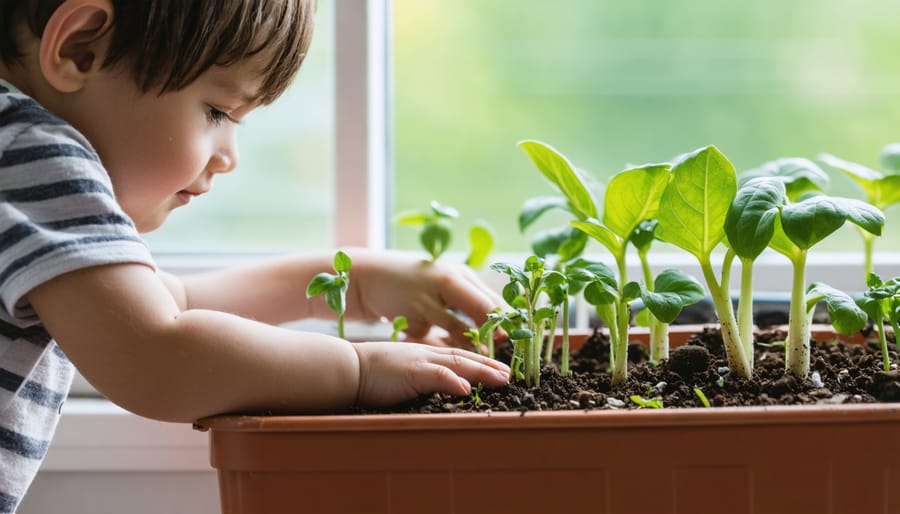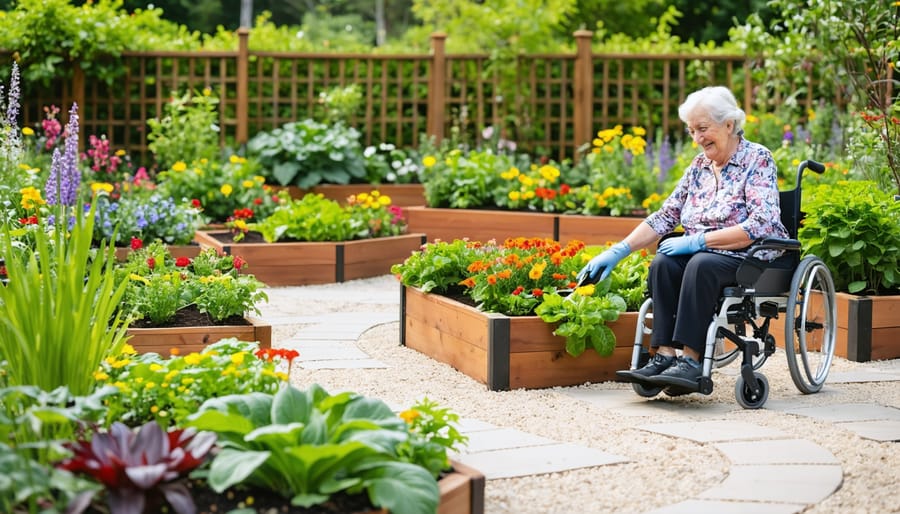Transform your garden into a romantic destination by scheduling sunset watering sessions together, where the golden hour light creates natural ambiance while you tend to plants side by side. The simple act of nurturing...
Read More
15 Minutes










